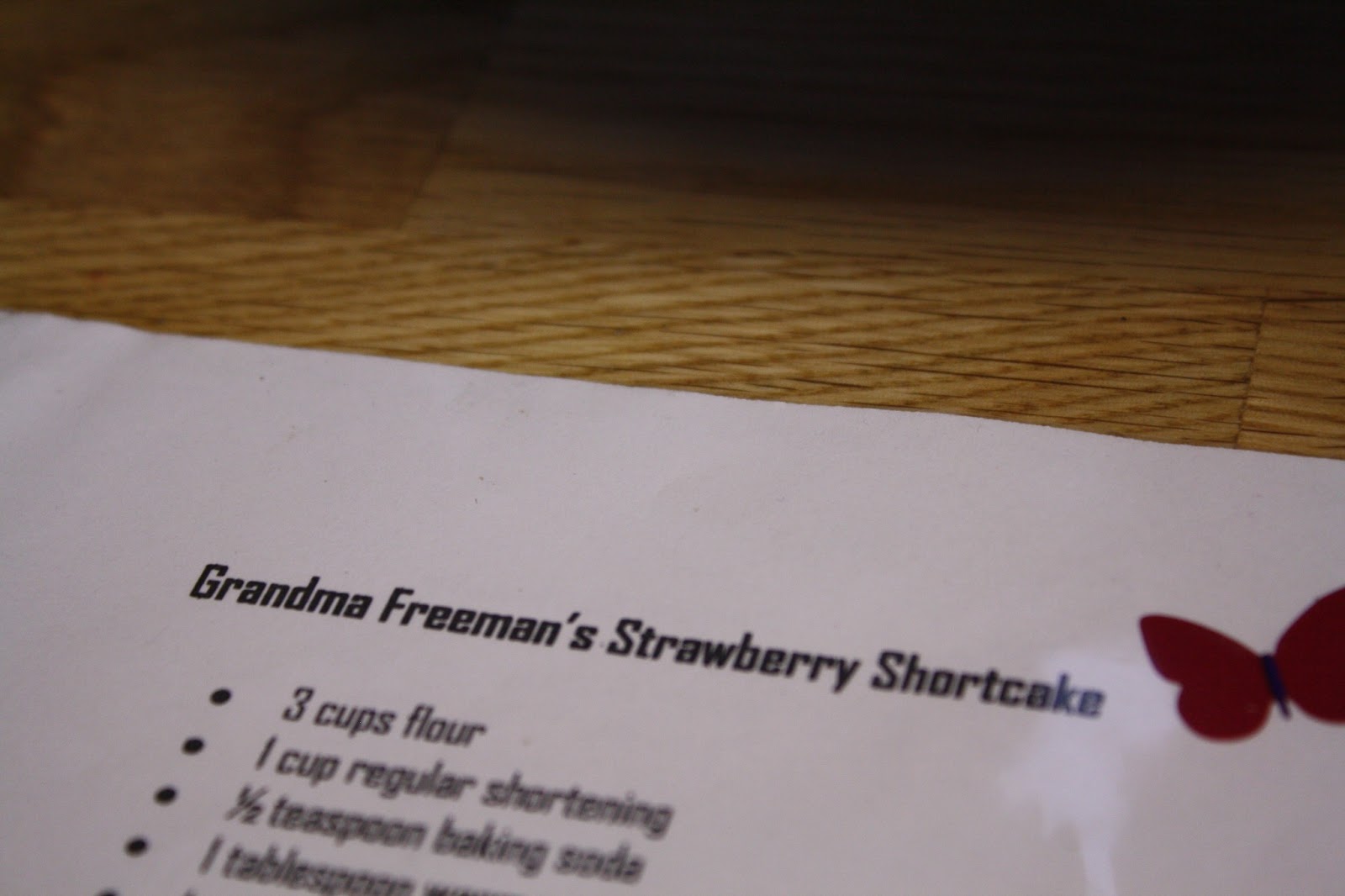I am really happy to see the rainbow chard - I squealed when I pulled it out of the bag. It is absolutely gorgeous. It sounds hokey, but the colors of nature always get me. The yellow is so vibrant.
Beets are not really my bag. Haven't found a preparation yet that I can stomach, though I've been told my grandma's Harvard Beets were pretty amazing. Thankfully Mark has a co-worker who loves beets, so off to work they went this morning. They certainly are lovely looking, though, especially the greens.
Then we have berries again, which is bittersweet because I know the season will be winding down soon. Thankfully we got an email this week that one of our favorite orchards that goes to our farmers market now has blueberries!
Another fun addition this week are the garlic scapes. Garlic scapes are the curly tops from the garlic plant, and you can eat them! Here's a link to some ways to use garlic scapes if you've never cooked with them before.
The greens and lettuce will go in salads, which we are enjoying immensely. It's great to always have enough greens in the fridge to whip up a side salad with meals. (We always eat salad at least once a week as our main meal - we call Tuesdays Salad Night.)
Counting down the days until the first tomato and the first pepper. I think I'm so excited for tomatoes I might lift it up to the heavens when I get that first one and offer prayers of thanksgiving!
Coming up next week, more garden updates after the storms we've had this past week, information about new studies on GMOs, and the influence of industrial agriculture and corporate food on the healthcare industry.


















































